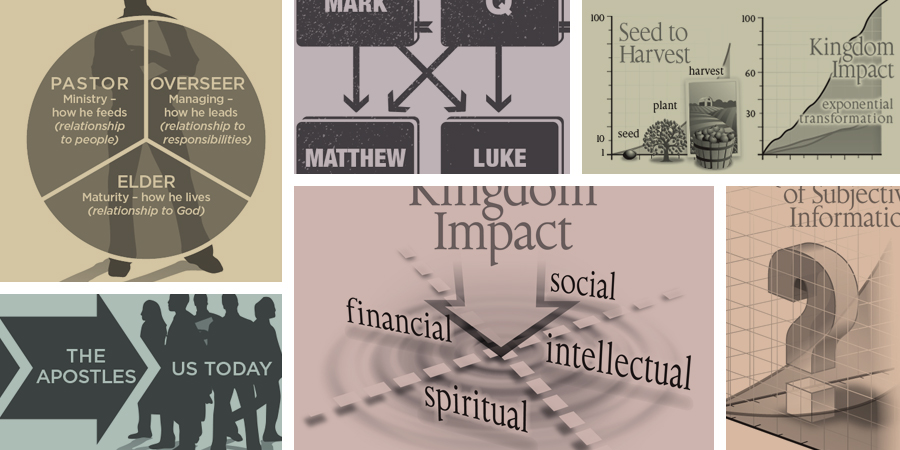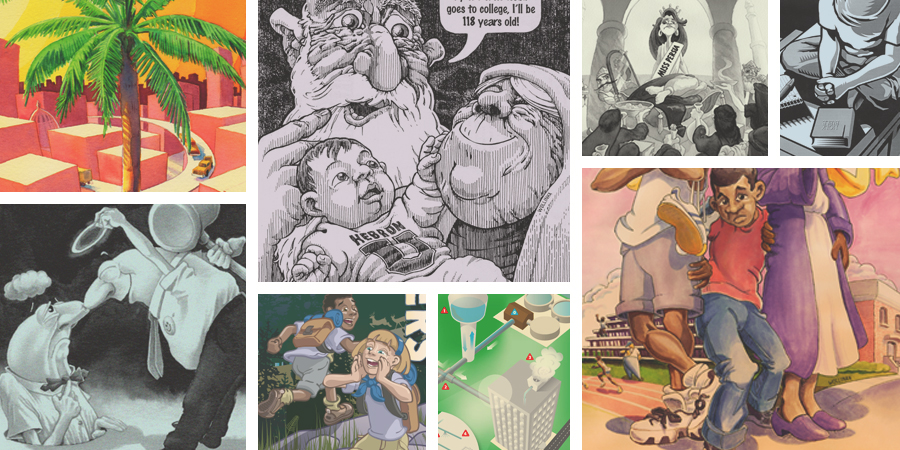Comments:
0 |
Posted by: dcorpsmen
Overview
In past articles on books and publishing, we have shown you where books have been (see PUBLISHING IN PERSPECTIVE) and where they might go in the future (see THE FUTURE OF THE BOOK), but now, in 2015, everyone seems to be wondering where books are going. E-book sales have leveled off and the dystopian young adult novels which dominated the publishing world last year, have some real challengers this year in the traditional adult literature arena. There have been a plethora of predictions for the publishing industry, so below is a list of our favorites with links to sources so you can try to forecast for yourself what the future of books will look like. We have also created some very helpful graphs so you can visualize the state of publishing.
12 Facts and Predictions
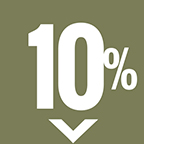
1. The proportion of books now sold through independent bookstores. “Amazon’s arrival on the scene is only part of the story here, of course; the decline of the indies started with the debut of big-box stores like B&N and Borders.” (1)
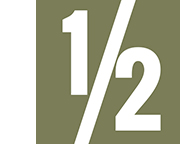
2. The number of independent bookstores is less than half of what it was 20 years ago. There used to be about 4,000 in the U.S.; now there are fewer than 2,000. (1)
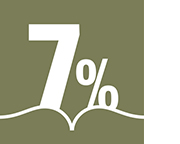 3. Amazon’s annual revenue from book sales compared to its total yearly revenue. Amazon’s current annual revenue from book sales is $5.25 billion. That means books account for 7% of the company’s $75 billion in total yearly revenue. (1)
3. Amazon’s annual revenue from book sales compared to its total yearly revenue. Amazon’s current annual revenue from book sales is $5.25 billion. That means books account for 7% of the company’s $75 billion in total yearly revenue. (1)
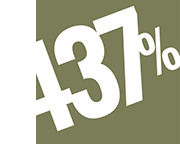 4. Growth of Self-published titles between 2008 and 2013. “…the number of self-published titles in 2013 was up 437% over 2008. Not only that, but a small but growing number of indie authors have been making incomes in the high six figures—and sometimes more.” (2)
4. Growth of Self-published titles between 2008 and 2013. “…the number of self-published titles in 2013 was up 437% over 2008. Not only that, but a small but growing number of indie authors have been making incomes in the high six figures—and sometimes more.” (2)
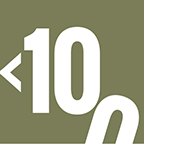 5. The average number of books sold for a self-published book. “With all of the hundreds of thousands of books published, many more of those (more than ever) will go unnoticed. Right now the average sale for a self-published book is 100 copies. I believe that number will drop to 10 or less.” (3)
5. The average number of books sold for a self-published book. “With all of the hundreds of thousands of books published, many more of those (more than ever) will go unnoticed. Right now the average sale for a self-published book is 100 copies. I believe that number will drop to 10 or less.” (3)
 6. Bigger phones mean a bigger mobile reading market. “…technology analyst Gartner has predicted that next year alone consumers will buy 2.4 billion smartphones.… In Asia large-screened “phablets” have been popular devices … for some time. This trend has spread to Europe and the US too, with the phablet form factor getting the official seal of approval when Apple launched its 5.5-inch screened iPhone 6 Plus this autumn…. As phones around the world get bigger, both physically and as a category, we will certainly see more people use them for reading books in the coming year.” (4)
6. Bigger phones mean a bigger mobile reading market. “…technology analyst Gartner has predicted that next year alone consumers will buy 2.4 billion smartphones.… In Asia large-screened “phablets” have been popular devices … for some time. This trend has spread to Europe and the US too, with the phablet form factor getting the official seal of approval when Apple launched its 5.5-inch screened iPhone 6 Plus this autumn…. As phones around the world get bigger, both physically and as a category, we will certainly see more people use them for reading books in the coming year.” (4)
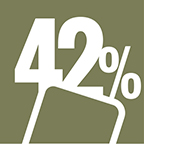 7. E-book purchases from tablets alone. In the U.S. there are almost 300 million tablets, smart phones, and e-readers combined. Betty Kelly Sargent writes in Publishers Weekly, “… publishing analyst Thad McIlroy’s “11 Topmost Digital Book Publishing Trends & Opportunities” report cites data from the Pew Research Center and Nielsen Book Research indicating the following:
7. E-book purchases from tablets alone. In the U.S. there are almost 300 million tablets, smart phones, and e-readers combined. Betty Kelly Sargent writes in Publishers Weekly, “… publishing analyst Thad McIlroy’s “11 Topmost Digital Book Publishing Trends & Opportunities” report cites data from the Pew Research Center and Nielsen Book Research indicating the following:
- About 70 million people in the U.S. have tablets. Roughly, one-third of these people use their tablet for reading, and they’re the source of 42% of e-book purchases.
- Around 175 million people in the U.S. own cellphones. About 12% of them (that’s 21 million people) read books on their devices. They account for about 7% of e-book purchases.
- Sales of dedicated e-readers are on the decline, but about 50 million people in the U.S. have them, and e-readers are still the source of one-third of e-book purchases.” (3)
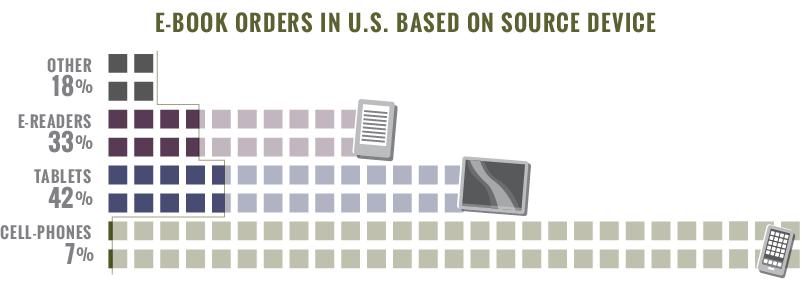
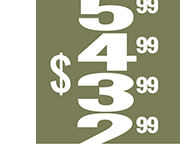 8. E-book pricing finds its groove. “Now with agency pricing back in full swing, and publishers putting whatever price they want on their eBooks (per the Hachette/Amazon dispute), I think you’re going to see a surge of pricing changes in 2015. Readers won’t pay high prices for an eBook, and Amazon’s figures have proven that the sweet spot is $2.99 to $5.99 for eBook pricing. Yes, it’s low, but also consider the average reader. The best market for digital is genre fiction and these fans tend to be avid readers, meaning they could blow through a book a week, or two books a month. So pricing books high does not make a ton of sense, because this market won’t support it. Maybe your book isn’t in genre fiction, and that’s fine, but these price points affect all of us.” (3)
8. E-book pricing finds its groove. “Now with agency pricing back in full swing, and publishers putting whatever price they want on their eBooks (per the Hachette/Amazon dispute), I think you’re going to see a surge of pricing changes in 2015. Readers won’t pay high prices for an eBook, and Amazon’s figures have proven that the sweet spot is $2.99 to $5.99 for eBook pricing. Yes, it’s low, but also consider the average reader. The best market for digital is genre fiction and these fans tend to be avid readers, meaning they could blow through a book a week, or two books a month. So pricing books high does not make a ton of sense, because this market won’t support it. Maybe your book isn’t in genre fiction, and that’s fine, but these price points affect all of us.” (3)
 9. Print books outsold e-books in 1st half of 2014. “According to Nielsen’s survey, ebooks constituted only 23 percent of unit sales for the first six months of the year, while hardcovers made up 25 percent and paperback 42 percent of sales. In other words, not only did overall print book sales, at 67 percent of the market, outpace ebook sales, both hardcovers and paperbacks individually outsold ebooks.” (5)
9. Print books outsold e-books in 1st half of 2014. “According to Nielsen’s survey, ebooks constituted only 23 percent of unit sales for the first six months of the year, while hardcovers made up 25 percent and paperback 42 percent of sales. In other words, not only did overall print book sales, at 67 percent of the market, outpace ebook sales, both hardcovers and paperbacks individually outsold ebooks.” (5)
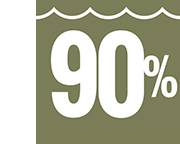 10. Amazon’s percentage of control of the e-book market (but Apple is about to challenge them). “Ever since it was sued by the government for conspiring to fix e-book prices, Apple has been forced to slow its inevitable crawl into book publishing. But in 2015 the crawl may build into a sprint. The early indication is that Apple will likely win its appeals hearing, now that the (new) judge seems to appreciate that Amazon monopolizes 90 percent of the e-book market. My prediction here is simply that Apple will win its appeal in advance of Apple vs. Amazon: The Great Publishing War of 2016.” (6)
10. Amazon’s percentage of control of the e-book market (but Apple is about to challenge them). “Ever since it was sued by the government for conspiring to fix e-book prices, Apple has been forced to slow its inevitable crawl into book publishing. But in 2015 the crawl may build into a sprint. The early indication is that Apple will likely win its appeals hearing, now that the (new) judge seems to appreciate that Amazon monopolizes 90 percent of the e-book market. My prediction here is simply that Apple will win its appeal in advance of Apple vs. Amazon: The Great Publishing War of 2016.” (6)

11. Large publishers step up usage of FREE (and FREE will lose more mojo). For some time now the e-book market has been skewed due to the proliferation of the trend to offer FREE books. (7)
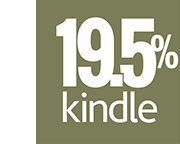
12. The proportion of all books sold in the U.S. that are Kindle titles. “E-books now make up around 30% of all book sales, and Amazon has a 65% share within that category, with Apple and Barnes & Noble accounting for most of the balance.” (1)
Summary
We hope you have enjoyed this modest list of publishing stats and forecasts. At Design Corps we love books — no matter if they are old and dog-eared, print-on-demand, or e-books. And we love designing books from cover design, interior design, and page composition through the final production for all forms of books (whether printed or digital), as well as illustrations, graphs, charts and diagrams. You can check out all our samples at here at designcorps.us.
Sources:
(1) — (“Book Publishing Predictions for 2015” By Jeff Bercovici Forbes Staff, http://www.forbes.com/sites/jeffbercovici/2014/02/10/amazon-vs-book-publishers-by-the-numbers/, February 10, 2014)
(2) — (“Self-Publishing Predictions” By Betty Kelly Sargent, Publishers Weekly, http://www.publishersweekly.com/pw/by-topic/authors/pw-select/article/65301-self-publishing-predictions-for-2015.html, January 26, 2015)
(3) — (“12 Publishing And Marketing Predictions For 2015” By Penny Sansevieri, The Future of Ink, http://thefutureofink.com/publishing-and-marketing-predictions-for-2015// December 26, 2014)
(4) — (“Five Trade Publishing Predictions for 2015” By Michael Cairns, Publishing Technology, http://publishingperspectives.com/2015/01/five-trade-publishing-predictions-2015/ January 14, 2015)
(5) — (“Print Books Outsold Ebooks in First Half of 2014” By Claire Fallon, Huff Post Books, http://www.huffingtonpost.com/2014/10/06/ebooks-print-books-outsold_n_5940654.html, October 06, 2014)
(6) — (“Book Publishing Predictions for 2015” By Jonathan Sturgeon, Flavorwire, http://flavorwire.com/496517/book-publishing-predictions-for-2015, December 30, 2014)
(7) — (“2015 Book Publishing Predictions: Slow Growth Presents Challenges and Opportunities” By Mark Coker, Smashwords, http://blog.smashwords.com/2014/12/2015-book-publishing-industry.html December 31, 2014)
Read more →
